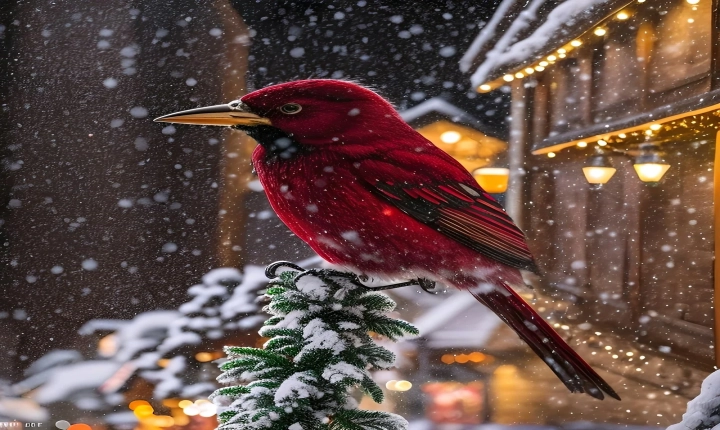Transferring SVG Files from Inkscape to Illustrator AI: A Step-by-Step Guide
Inkscape and Adobe Illustrator are both powerful tools for creating scalable vector graphics (SVG) which are widely used in design and web development. However, there are times when you may need to transfer SVG files from Inkscape to Illustrator AI, either for collaborative projects or for taking advantage of Illustrator’s unique features and compatibility. In this article, we will provide a step-by-step guide on how to successfully transfer SVG files from Inkscape to Illustrator AI.
Step 1: Export SVG file from Inkscape
First, open your SVG file in Inkscape. If you have not yet created an SVG file, you can design your artwork in Inkscape and save it as an SVG file by selecting “Save As” and choosing the SVG format.
To ensure compatibility with Illustrator, when saving the file, make sure to select the “Plain SVG” option under “SVG output” in the “Save As” dialog box. This simple SVG format is more compatible with Illustrator and will help avoid any potential conversion issues.
Step 2: Open SVG file in Illustrator
After saving the file in Inkscape, open Adobe Illustrator and go to “File” > “Open” to navigate to the location of the saved SVG file. Select the file and click “Open.”
Step 3: Resolve any potential issues
Upon opening the SVG file in Illustrator, you may encounter some issues such as missing fonts, improper sizing, or elements that don’t appear as expected. Illustrator may prompt you with a dialog box to resolve these issues. Follow the prompts and make any necessary adjustments to ensure the file renders correctly in Illustrator.
Step 4: Save the file in Illustrator AI format
After resolving any issues, the final step is to save the file in Illustrator AI format. Go to “File” > “Save As” and choose “Adobe Illustrator (*.AI)” as the file format. This will create a new, Illustrator-compatible version of your SVG file.
It’s important to note that while SVG is a universal format for vector graphics, there may be some limitations and differences in how certain features and effects are handled between Inkscape and Illustrator. Therefore, it’s a good practice to review your artwork and make any necessary adjustments in Illustrator to ensure that the design appears as intended.
Additionally, if the SVG file contains any complex features or effects that are not fully supported in Illustrator, you may need to manually recreate those elements using Illustrator’s tools and features.
In conclusion, transferring SVG files from Inkscape to Illustrator AI is a straightforward process, but it may require some attention to detail to ensure a smooth transition. By following these steps and being mindful of potential compatibility issues, you can successfully transfer your SVG files and continue working on your design in Adobe Illustrator.
